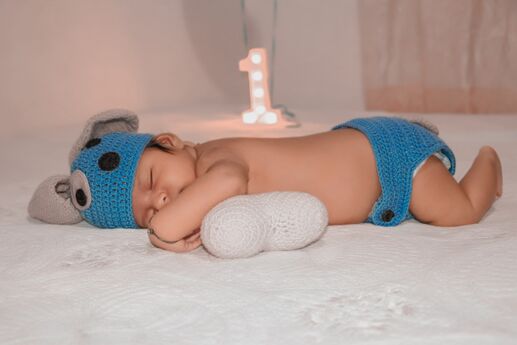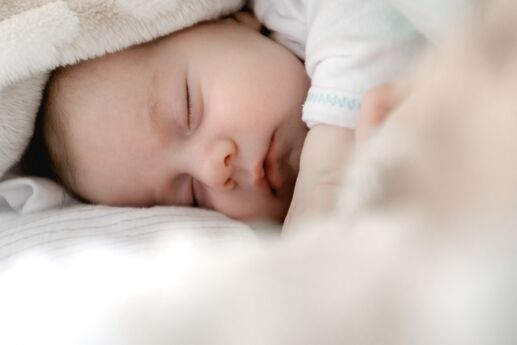Why Some Babies Sleep on their Stomachs
When it comes to infant sleep, there are many factors that can affect how a baby sleeps, including their sleeping position. While it is now widely recommended that babies sleep on their backs to reduce the risk of sudden infant death syndrome (SIDS), some babies may still prefer to sleep on their stomachs. In this blog post, we will explore the reasons why some babies sleep on their backs and other babies sleep on their stomachs.
The Back to Sleep Campaign
In 1992, the American Academy of Pediatrics (AAP) launched the "Back to Sleep" campaign, which recommended that babies be placed on their backs to reduce the risk of SIDS. Prior to this campaign, it was common for babies to sleep on their side or even their stomachs, but research showed that babies who slept on their stomachs were at a higher risk of SIDS. The Back to Sleep campaign was successful in reducing the rate of SIDS, which decreased by more than 50% from 1992 to 2001. Today, the AAP continues to recommend that babies be placed on their backs to sleep until they are able to roll over on their own, which usually occurs at around 4 to 6 months of age.
Why Do Some Babies Prefer to Sleep on Their Stomachs?
Despite the Back to Sleep campaign's success, some babies still prefer to sleep on their stomachs. This can be understandably frustrating for parents who are worried about the risk of SIDS and want to make sure their baby is sleeping as safely as possible. One reason why some babies prefer to sleep on their stomachs is because it can be more comfortable for them. When a baby is placed on their back, their head and neck are in a different position than when they are on their stomach, which can be uncomfortable for some babies. Additionally, some babies may have acid reflux or other medical conditions that make sleeping on their backs uncomfortable. Another reason why some babies prefer to sleep on their stomachs is because they may feel more secure in that position. When a baby is on their stomach, they are able to feel the surface beneath them more clearly, which can help them feel more grounded and secure. This can be especially true for babies who have been swaddled, which can provide a sense of security and comfort. Lastly, some babies may simply prefer to sleep on their stomachs. Just like adults, babies have their own preferences and personalities, and some may find sleeping on their stomachs more soothing and relaxing.
Is it Safe for Babies to Sleep on Their Stomachs?
While it is recommended that babies sleep on their backs to reduce the risk of SIDS, it is not necessarily unsafe for a baby to sleep on their stomachs. In fact, some babies may need to sleep on their stomachs due to medical conditions or other issues. If your baby is sleeping on their stomach, it is important to make sure that they are sleeping in a safe environment. This means placing them on a firm, flat surface with no soft objects or loose bedding that could pose a suffocation hazard. It is also important to make sure that your baby is not overheated, as overheating has been associated with an increased risk of SIDS. If you are concerned about your baby's sleeping position, it is always a good idea to talk to your pediatrician. Your pediatrician can help you determine if there are any underlying medical issues that may be affecting your baby's sleep, and can provide guidance on safe sleeping practices.
Summary
When it comes to infant sleep, there are many factors that can affect how a baby sleeps, including their sleeping position. While it is recommended that babies sleep on their backs to reduce the risk of SIDS, some babies may still prefer to sleep on their stomachs. If this includes your baby, make sure to monitor your infant while they are sleeping to insure their safety.
Photo by Brayan Espitia on Unsplash







